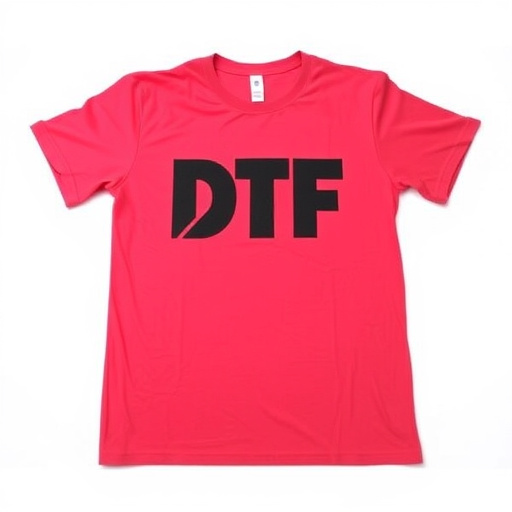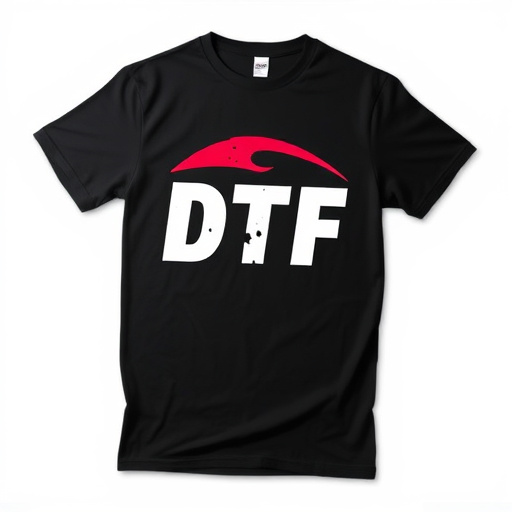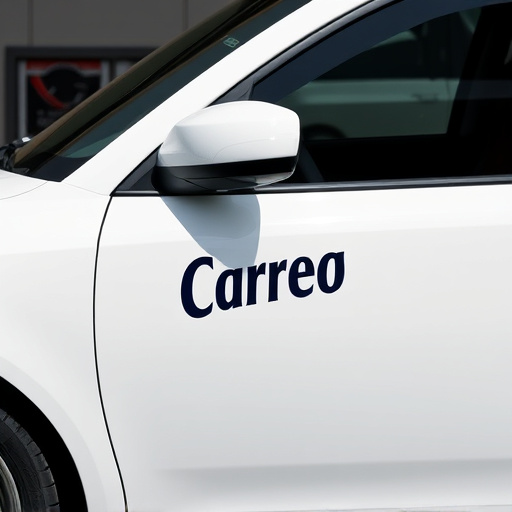Brand identity design hinges on understanding your brand's personality and aligning it with audience expectations through visual elements like colors and fonts. Warmer tones evoke energy, while cooler ones convey calmness. Serif and sans-serif fonts carry distinct connotations. Cohesive visual hierarchy, mirroring musical symphony, enhances readability, user experience, and reinforces the brand across platforms.
When crafting a compelling brand identity, color and font choices are more than aesthetic decisions—they shape how your brand is perceived. This article guides you through the art of selecting colors and fonts that align with your brand’s personality and resonate with your target audience. We’ll explore psychological insights driving these choices, offer practical tips for creating cohesive visual hierarchies, and provide strategies to ensure your brand identity design stands out in a crowded market.
- Understanding Brand Personality and Audience Preferences
- The Psychology Behind Color and Font Selection
- Creating Cohesive Visual Hierarchy for Impactful Design
Understanding Brand Personality and Audience Preferences

Understanding your brand’s personality is a pivotal step in designing an impactful brand identity. Colors and fonts should reflect the core values and emotions that define your brand, whether it’s vibrant and playful or sleek and sophisticated. For instance, a brand specializing in automotive detailing might prefer bold, dynamic colors and modern fonts to convey expertise and innovation, much like the glossy finish of a freshly detailed car. Conversely, a professional PPF installation service would likely opt for a more subtle, refined palette to emphasize precision and protection, similar to the delicate application of paint protection film.
Audience preferences also play a significant role in brand identity design. Considering who your target market is will help guide the selection process. Different demographics have varying color associations and typographic tastes. For example, younger audiences often gravitate towards bolder, more playful colors, while older generations might prefer classic, neutral tones. Fonts can range from whimsical hand-drawn styles to clean, sans-serif typesets. By aligning your brand’s visual elements with both the company personality and audience expectations, you create a cohesive and memorable brand identity that resonates across various platforms, be it digital marketing or physical product packaging.
The Psychology Behind Color and Font Selection

The choice of colors and fonts is a powerful tool in brand identity design as it can evoke specific emotions and convey a brand’s personality. The psychology behind color selection is profound; different hues trigger varying responses from viewers. For instance, warm colors like red and orange can create a sense of energy and excitement, making them popular choices for brands aiming to project confidence and dynamism. In contrast, cool colors such as blue and green often evoke calmness, trust, and stability, suitable for brands wanting to establish reliability in the market.
Font selection is equally crucial, as different typefaces can influence how a brand is perceived. Serif fonts convey tradition and elegance, while sans-serif fonts project modernity and simplicity. In the world of automotive detailing or custom graphics, where precision and creativity meet, font choice can highlight intricate details or emphasize bold designs. For professional PPF (paint protection film) installation businesses, a clean and modern font might reflect their meticulous approach, ensuring their brand identity resonates with clients seeking high-quality services.
Creating Cohesive Visual Hierarchy for Impactful Design

In brand identity design, establishing a cohesive visual hierarchy is paramount to creating impactful and memorable designs. This involves carefully arranging elements on a page or screen to guide the viewer’s eye naturally, ensuring that the most important information receives the necessary emphasis. Through strategic use of contrast, size, color, and placement, designers can create a clear path for the audience’s gaze, making it easier for them to understand and engage with the brand’s message. A well-structured visual hierarchy enhances readability, improves user experience, and ultimately reinforces the brand’s identity.
Consider the various components of your design—logos, headings, body text, images, and call-to-action buttons—as elements in a symphony. Just as notes ascend or descend in musical scales, these design elements should be ordered to create a sense of flow. For instance, using larger fonts for headings and progressively smaller sizes for subheadings and body text establishes a clear hierarchy that mirrors the natural way our eyes scan content. This principle applies not only to digital designs but also to printed materials, where layout, spacing, and type sizes play equally vital roles in conveying information effectively and strengthening brand recognition, much like how UV protection safeguards against harmful rays while paint correction enhances vehicle protection, ensuring a flawless finish.
In the realm of brand identity design, selecting the right colors and fonts is paramount. By understanding brand personality, considering audience preferences, and leveraging psychological insights, designers can create cohesive visual hierarchies that enhance brand recognition. This strategic approach ensures a powerful and impactful brand identity, setting the stage for successful brand storytelling in today’s competitive marketplace.














